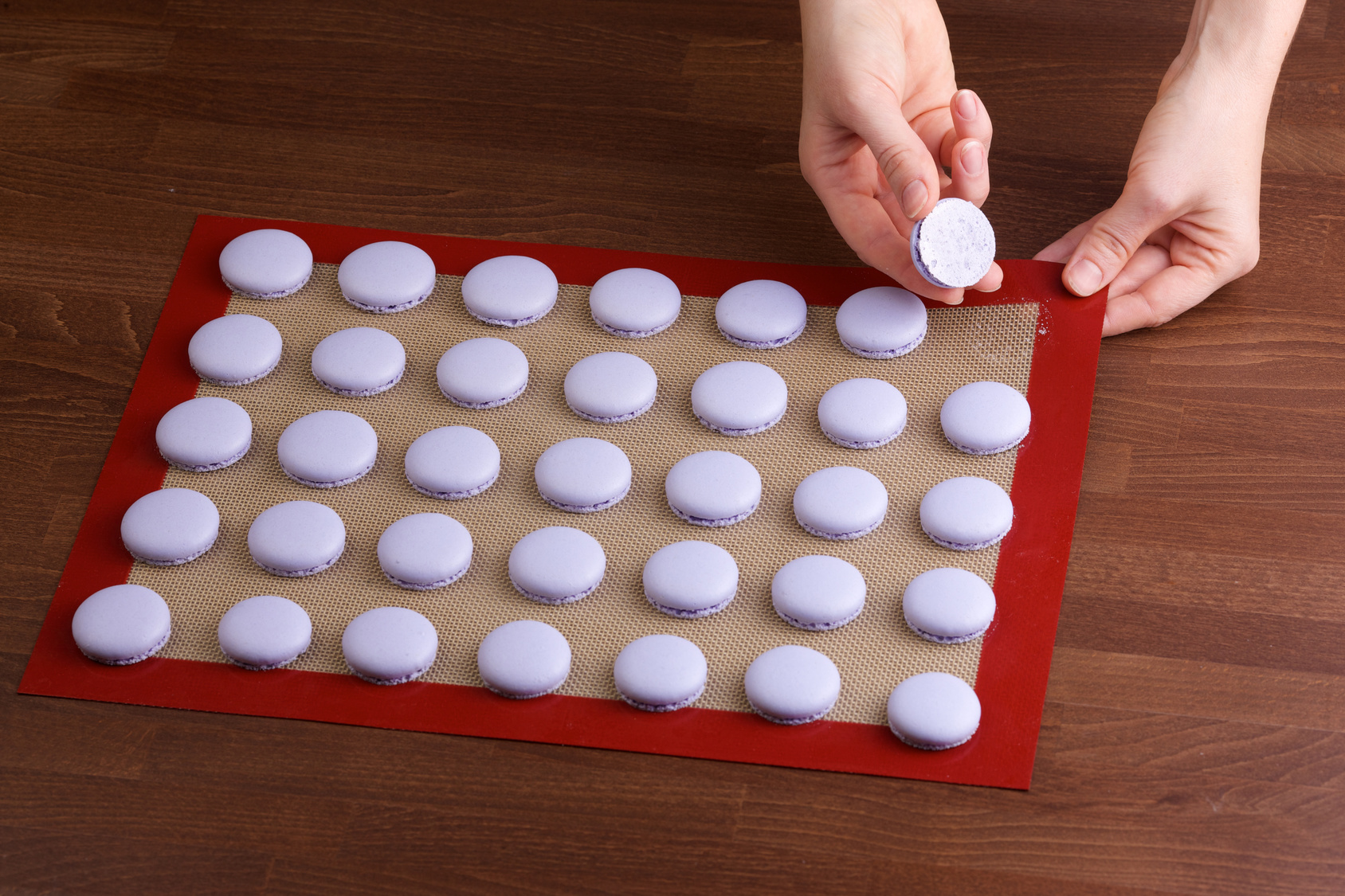Table of Contents
After a long walk in the sun, make yourself comfortable on the sofa in the living room to watch the sequel to your favorite movie. Since the sun blinds you, you quickly draw the curtains and drapes. In the warm subdued light that now fills the room, you make yourself comfortable on the couch again and start the film. To help you find the right curtain fabrics for the rest of the rooms in your home, you can find out here what the differences are and how to hang your curtains quickly and easily.
Curtains and drapes create a cozy place
With curtains and drapes, you give your windows a stylish frame and provide the right lighting conditions. Depending on your needs, you can protect yourself from blinding sunlight or darken rooms. At the same time, the textile home accessories prevent curious glances from the neighbors. Depending on the type of fabric, the fabrics can even have an influence on the room climate. But it’s not only the practical use of curtains that counts but also the design with which you express your personal style.
Children’s, bedroom and living room
Although curtains serve the same purpose in all rooms, they can differ fundamentally in their appearance. Here you will find suggestions as to which patterns and motifs fit well into which room.
Creativity in the kitchen
In the kitchen, fabrics on the windows create a homely atmosphere. Transparent or semi-transparent kitchen curtains made of easy-care materials let in plenty of daylight and are quick to clean. If you are looking for a light privacy screen, the semi-transparent version is usually sufficient. As many kitchen windows are often located above the worktop, window curtains are a practical solution as they are only clamped into the window frame. Colored prints with natural motifs, stripe patterns or classic checks are just as popular in the kitchen as plain white curtains.
Elegant in the dining room
For good acoustics and a noble impression, slightly heavier, densely woven fabrics are used. They dampen the sound and contribute to a pleasant room climate. Mostly they are used in the dining room primarily as decoration, but if you open and close them frequently, curtain rails or curtains with large eyelets are a good idea.
Thermal curtains help to keep the heat in the room and save energy at the same time. Therefore they are suitable for larger window fronts. Dining room curtains are very often available as flat and space-saving sliding curtains, which can also be arranged offset and overlapping. If you then combine patterned and plain fabric panels in the same colors, it will look particularly harmonious.
Plain in the bedroom
In order for you to sleep peacefully, your bedroom should be furnished as simply as possible and at the same time be cozy. Muted colors such as white and beige, but also blue and pink, help you to switch off and find peace. With bedroom curtains it also depends on whether the room has blinds: If so, you can go for light fabrics that make a playful impression with delicate flower patterns. Darkening and opaque fabrics to close replace the roller shutters. Curtains, which are laid in pleats, can be combined in warm grey and brown tones to create a wide variety of furniture – making the room look homely.
Cozy in the living room
The living room is often one of the largest rooms in the apartment. Besides furniture and carpets, curtains and drapes are a good way to make the room cozy. To make your windows look bigger, you can place your living room curtains so that they reach over the walls next to the windows. With a mix of opaque curtains on the outside and transparent scarves on the inside, you create a pleasant frame. Or how about a Roman shade? They are particularly practical if you live facing the street and want to protect the room from view. Many roller blinds can be individually adjusted up and down.
From classic to the country house: It suits your style of living
When choosing new curtains, your own style of living plays an important role. With fabrics, colors, and patterns, you can make your interior cozy and express your preferences. Here you will find three examples of how you can combine curtains to create different interior styles.
Classic style: timeless and elegant
Does your living room have a walnut-colored secretary and a high-quality leather sofa? Floor-length scarves that decoratively frame your windows go particularly well with the classic style of furnishing. Fabrics with a slight sheen or velvety heavy curtains complement a classic style of living and appear elegant and timeless.
Scandi style: airy and light
A minimalist futon bed stands in front of an unplastered wall, and in your bedroom, you’ve done without bulky furniture and have rather resorted to light-footed chests of drawers and side tables? Sliding curtains go well with this clear line and fit in well with the style of living. The Nordic style is emphasized with geometric patterns in unobtrusive colors or with delicate illustrations of trees or branches.
Country house style: refreshing and inviting
On a dining table made of solid oak wood you will find candlesticks and a vase with fresh flowers. The rest of the room is invitingly furnished with upholstered chairs and a bright carpet. The country house style is matched by curtains with striped and check patterns, which provide a small rustic touch. In light green, brown tones or even gaudy red, the fabrics look particularly suitable.
Stable mounting: Overview of mounting types
Curtains and drapes can be installed in different ways. No matter how you attach the model of your choice to the wall or ceiling, the attachment should be stable enough to hold the fabrics securely over the long term and with a lot of sliding back and forth. Also, attach the bracket so that you can open the windows easily when the curtains are open, but also when they are closed.
Curtain rods
Curtain rods are very diverse in color, material and thickness. How much load the different rods can withstand, you can see from the manufacturer’s specifications. As a rule of thumb, place the bar about 10 to 15 cm above the window and let it protrude on both sides at least 10 cm beyond the window width.
Curtain rails
Using rails, into which the fabric is hooked with so-called curtain rollers, you can attach your curtains inconspicuously directly under the ceiling. Different scarves can be rearranged again and again on several parallel mounted rails. Curtain rails are also suitable for fabrics that need to run around corners. Similar to curtain rollers you can also use pleated gliders. The closer you attach them to the curtain fabric, the finer the pleats will be.
Curtain accessories
You can attach curtains in many different ways. Since many ready-made curtains already have strips for attaching at the back of the upper hem, you only have to attach the matching curtain rollers, loop gliders or Velcro strips. Curtain accessories also include eyelets, rollers, rings and clips.
The length and width of your curtains should match the size of the windows. If you want the fabric to fall in waves, multiply the window width by 2.5 to get the correct shuttering width. Also, keep in mind that some fabrics can shrink a little when washed – you can usually find this information in the manufacturer’s instructions. Floor-length curtains should be about 3 cm long, so that they fall particularly softly. Again, it is better to choose a slightly longer scarf – if there is too much fabric on the floor, you can always shorten the curtain a little.
Conclusion: Curtains are a privacy screen and a decorative element in one
You decorate your home with fabrics. Curtains and drapes have not only a decorative function but also a practical use.



